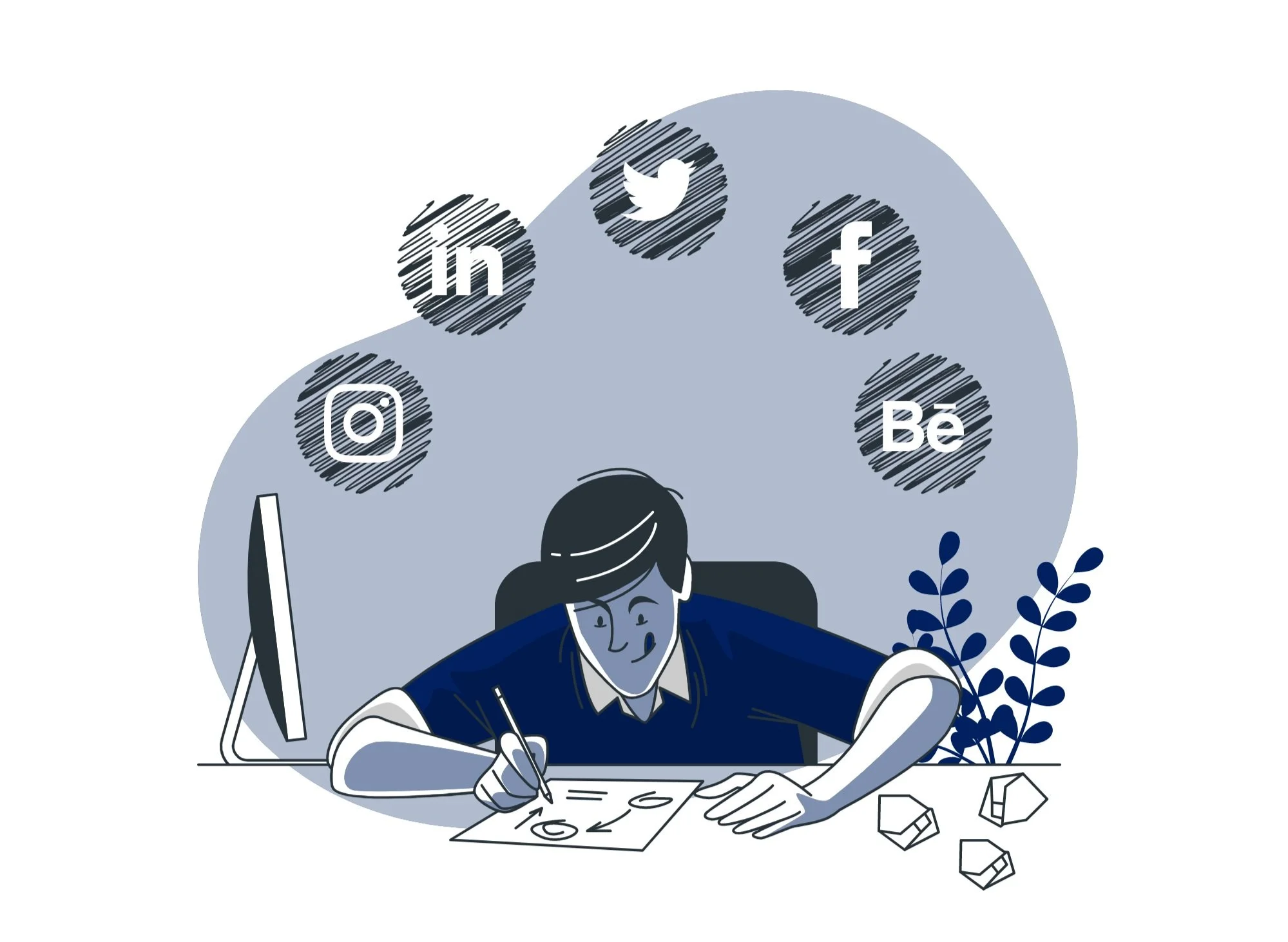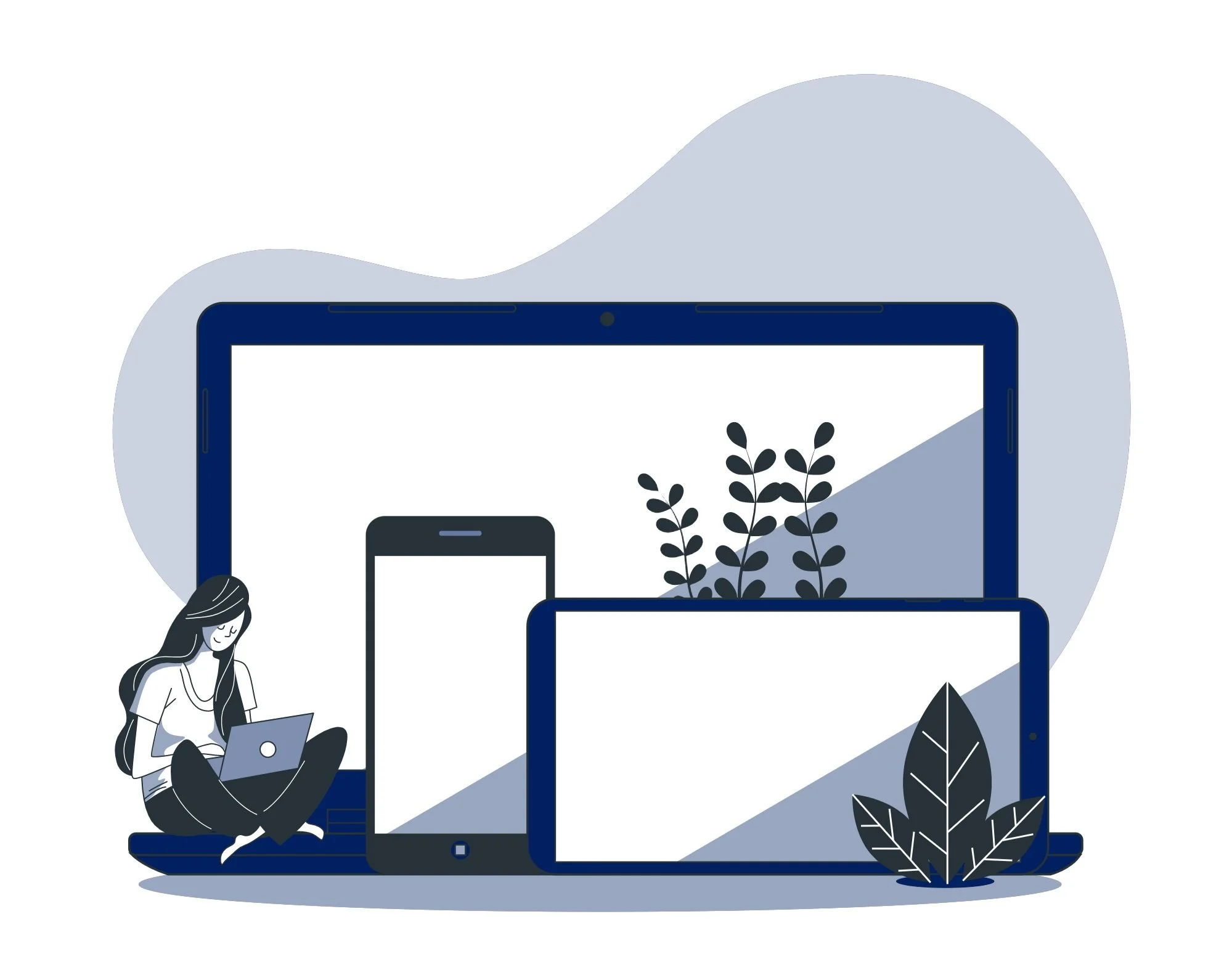Friday, April 15, 2022
Professional Development for ID Educators – Relevant Goals and EdTech
7 minute read
What You Should Know as an ID Educator
Instructional design goes beyond merely creating instructional materials; it takes into account how students learn and what resources and procedures would best assist them in reaching their academic objectives. While you may have unique professional development objectives and your development may look different from the next person’s, the strategies for increasing your capabilities and accomplishing your objectives may be commonplace.
There are so many different elements of instructional design that some professionals find the field difficult to define, however, there are elements that are non-negotiable for instructional designers. Instructional designers must understand their audiences, develop appropriate objectives, organize and align course content with course objectives, develop a comprehensive plan, and evaluate learner outcomes and return on Investment.
Educators who are teaching new or developing instructional designers should emphasize the importance of instructional design principles and models. There are too many instances of ineffective instruction being produced because instructional designers aren’t properly educated or trained. Instructional design principles and models can assist instructional designers in project design, development, and management.
Some instructional design models include ADDIE, Dick and Carey, Agile, Algo-heuristic, ARCS, and Gagne's Nine Events of Instruction. Using one or more of these models as a framework to build a course upon, can greatly benefit the design and development process while ensuring deliverables are result-oriented. Without an effective foundation, designers risk misaligning content with learning objectives and spoiling learner outcomes.
An effective evaluation tool for instructional design is the Kirkpatrick Model. This model can assist in providing accurate details regarding overall course outcomes and determining return on investment. Principles of instructional design include, but are not limited to, student-centered learning, gaining and maintaining attention, assessing performance, and providing feedback. Some responsibilities of instructional designers are:
Promoting higher-order, critical and analytical thinking
Knowledge of pedagogy, andragogy, and various learning theories
In-depth knowledge of instructional design authoring and presentation tools
Problem-solving & autonomous decision-making skills
Research & technical writing skills
Project management abilities
Visual and creative abilities
Collaborative initiatives; and
LMS Administration knowledge.
For this particular professional development plan, I intend to assist educators in areas of goal setting and utilizing educational technology tools for instructional design application.
Setting Relevant Goals
Relevant goals or learning objectives are statements that describe the observable intelligence or competencies that learners should display as a result of participating in or completing an instructional course. Favorable learning objectives would be learner-centered, measurable, and utilize action verbs. Goal setting and writing learning objectives include describing the circumstance, adding a command or action, and stating the observable result.
The interesting thing about learning objectives is that they can stand alone, or they can be aligned with course competencies. Educators must classify their goals where necessary. According to Bloom’s Taxonomy, this type of classification can assist educators in determining their expectations of learners. To make instruction and evaluation methods more effective, educators can focus on that particular goal.
Relevant goals uphold academic initiatives by providing structure and organization. The development of learning objectives also has a significant bearing on what assessments or learning activities are appropriate for that particular lesson. Relevant goals provide individuals and groups with a sense of guidance, desire, focus, and transparency.
SMART goals are used to assist in the goal-setting process. SMART is an acronym that stands for Specific, Measurable, Achievable, Realistic, and Timely. SMART goals include these standards to assist in improving teaching and learning efforts while increasing the probability of reaching the desired learning objectives.
Educational Technology Tools
Over time, people have created numerous means for obtaining and distributing knowledge. As the EdTech environment is always in a constant shift, though still employed in countless learning and development spaces, we’ve come a long way from the traditional and basic use of pencils and paper in educational technology. EdTech refers to soft technologies, software applications, or electronic hardware devices that are designed to aid in educational processes. These tools are employed to help students learn more effectively. With so many EdTech devices and applications to choose from, it can be difficult for educators to have so many options. The goal is to find the best option for your learners’ needs.
Social Media Technology
Social media continues to grow as an educational technology tool inside and outside of the classroom. Some social media sites/apps that can be used include YouTube, LinkedIn, Facebook, TikTok, and more. Social media can be used as an educational tool to assist students in developing skills that will help them learn more effectively. Self-directed learning is a method of encouraging students to seek out information on their own and social media as an EdTech tool definitely supports the autonomy of self-directed learning.
Audio & Visual Technology
Audio and visual technologies can help students to learn in a more engaging and inclusive way. These learning methods can be accessed through audio materials like webcasts, podcasts, instructional videos, etc. This is especially beneficial for students who may have sensory impairments. Instructors can now use digital resources on the internet as instructional aids. For example, it can be quite easy to locate a wide range of instructive videos on YouTube and other video-sharing sites and applications.
Virtual Classrooms
Students can remain engaged in virtual classrooms even if they are not physically present. Teachers and students interact in real-time, imitating the environment of a traditional classroom. In virtual classrooms, instructors may achieve a high level of involvement and participation amongst students if executed properly. This approach to education is a great choice for students who find self-directed learning or other autonomous learning methods overwhelming.
Interactive Whiteboards
Whiteboards are instruments for drawing, writing, and creating graphics. Using interactive whiteboards, an instructor can visually communicate concepts, ideas, and formulas. Image editing software is often used in interactive whiteboards. Such elements aid in the creation of more realistic presentations. This can make it easier to understand tough subjects during instructor-led training (ILT).
Mobile Technology, Computers & Smart Devices
Using mobile learning, educators can create various instructional materials on a range of topics, which students can access at their fingertips. Various websites and apps can also be used to supplement instructional design and delivery efforts and can be utilized in mobile learning. Mobile phones, laptops, and other smart devices can be carried around by students and used to acquire information from any location. These devices are highly beneficial to students as they can be used to complete course content, browse useful websites, discover peer-reviewed journals, and more. Students can also complete research without having to spend time looking for books in the local library or networking for answers.
How to Select the Best EdTech for your Teachers
As a result of educational technology, teaching and learning methodologies are constantly changing. The goal is for educational technology to be accessible, effective, and yield positive outcomes. As a result, educational leaders should exercise prudence while using new technologies. Not all educational technologies will benefit all learning and development efforts in the same way. Before implementing new educational technologies, educators should consider the following questions.
Will this tool improve learning experiences and outcomes?
Will this tool cause too many inappropriate distractions?
Does this tool limit my one-on-one time spent with students?
Will it provide a better understanding of learning content?
Educators should use this evaluation strategy to help them make decisions regarding EdTech.
Conclusion
I wrote this professional development piece to address a lack of knowledge regarding goal setting and educational technology tools in the instructional design field. There is an unsettling amount of ineffective instructional deliverables being distributed because they aren’t carefully structured through learning objectives and designers aren’t aware of the many channels available to them for course delivery. It is important to keep learner outcomes in mind and ensure deliverables are result-oriented. To effectively engage students and produce favorable learning outcomes, ID educators must take a structured approach to design and development.











